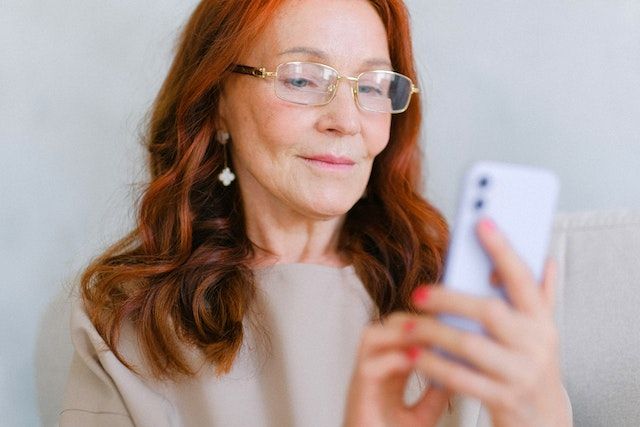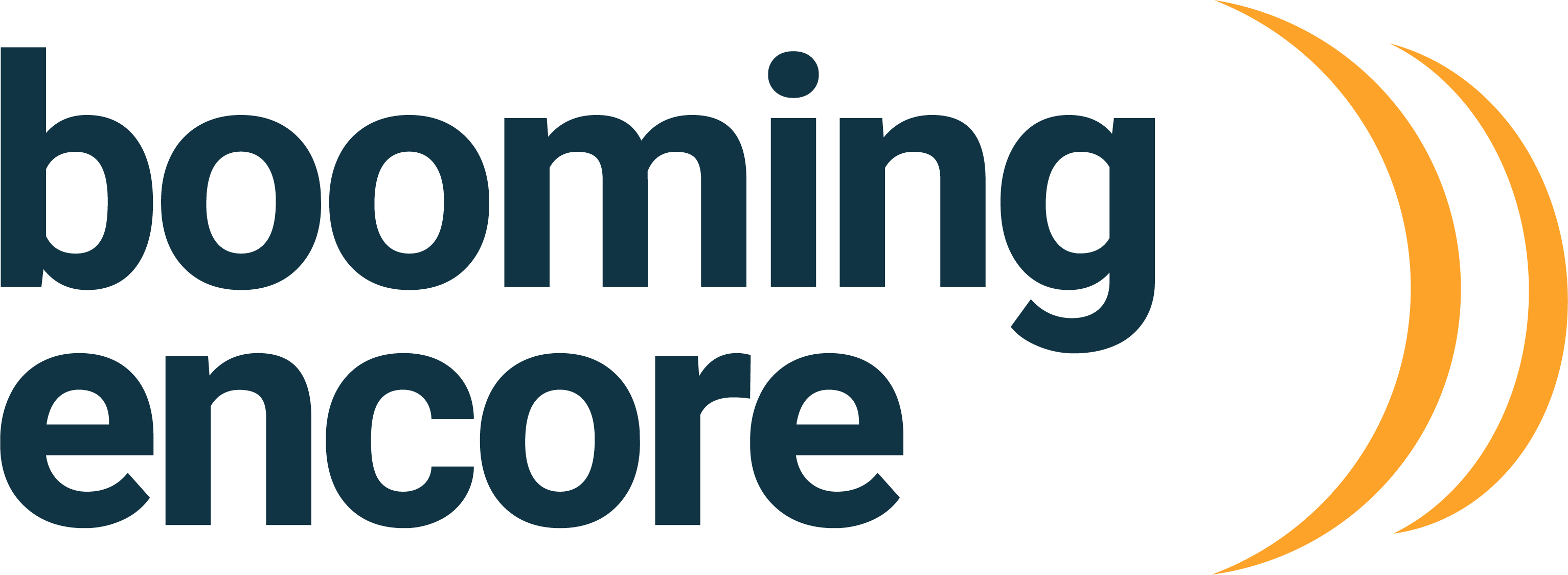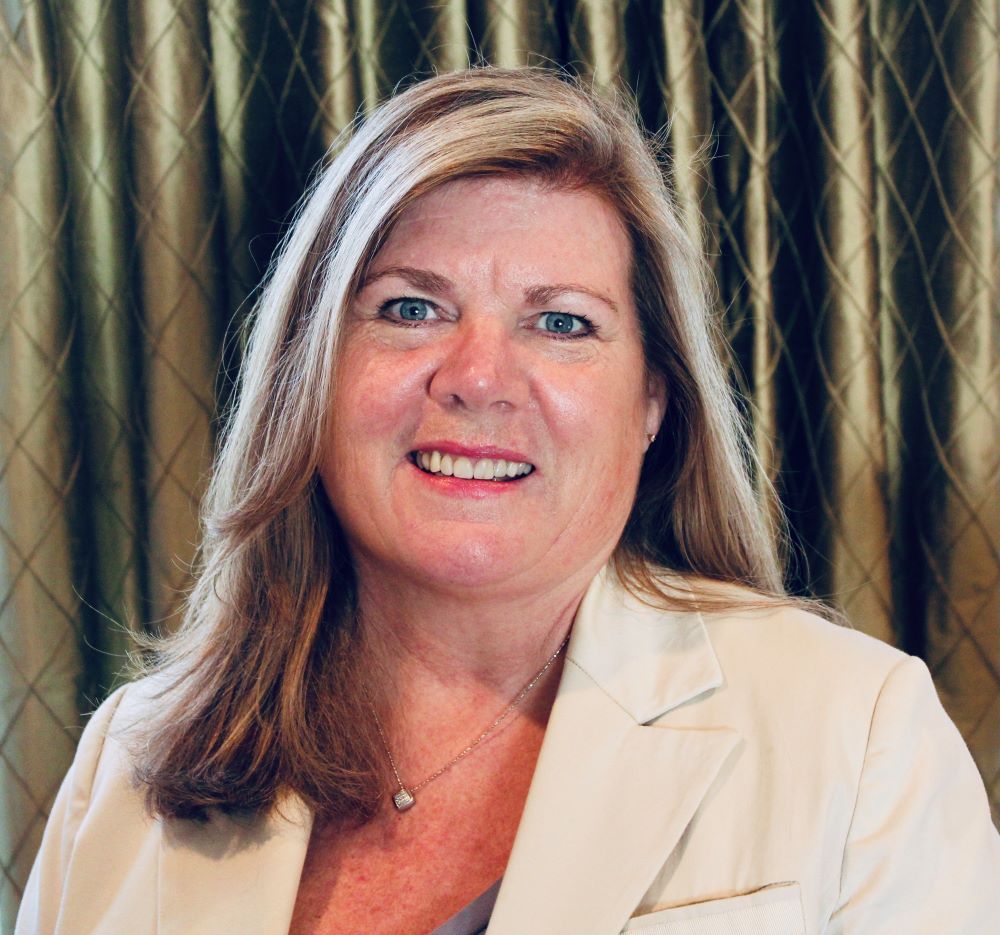How Health Apps Can Help Us Manage Our Health

After what I thought was going to be a routine medical procedure, I suddenly found myself in emergency and then being admitted to the hospital. Beyond having children, this was the first time I had ever been hospitalized and I found the whole situation quite unnerving.
This was also a major wake up call for me.
I suddenly realized that the health that I had taken for granted for years could shift in an instant. I also recognized that if I wanted to continue to live well and do all the things I had planned, I needed to take better care of myself and my health.
After being discharged from the hospital, there were a number of medications that were prescribed that I needed to take. As well, my blood pressure had shot up during the time I was in the hospital. I knew I needed to get it down or face the possibility of being placed on medications for life to manage it.
I found myself looking for ways to help me better manage my health and looked to some health apps to help. Here are just a few that I discovered;
Medication Adherence
For a few weeks after leaving the hospital, I had a number of different medications that I had to manage. They had to be taken at specific times and appropriately timed apart in order to work correctly.
I found an app – Medisafe – that did the trick. You simply had to load in your medications, the dosage, and the frequency and time for the drug to be taken. It would then send you alerts and reminders of when to take you medications.
I have to admit, I sometimes found it was irritating when the pill bottle shaking reminder didn’t stop, but it definitely kept me on track.
Non adherence of medication is a significant issue. And it doesn’t come without any implications.
Some research discovered;
“Medication nonadherence for patients with chronic diseases is extremely common, affecting as many as 40% to 50% of patients who are prescribed medications for management of chronic conditions such as diabetes or hypertension. This nonadherence to prescribed treatment is thought to cause at least 100,000 preventable deaths and $100 billion in preventable medical costs per year.”
Blood Pressure Monitoring
It used to be that in order to get your blood pressure checked, you needed to see a Doctor or visit a pharmacy. This has since changed and you can easily purchase a self monitoring blood pressure device either through stores or online.
I ordered one and the device I got was relatively inexpensive and simple to use. It also had the added benefit of being able to send the results to my smartphone so I could record my history.
As I looked into this further, I began to realize how important it is for us to monitor our blood pressure.
But it seems that less than 50% of people over the age of 50 regularly perform these tests.
High blood pressure is the number one risk factor for heart attacks and stroke. It’s also a health situation that often has very few symptoms indicating that there is anything wrong.
In fact, the World Heart Health Federation shared;
“In 2019, high blood pressure or hypertension caused more than half the cases of coronary heart disease, stroke and heart failure experienced around the world, and more than 10 million deaths. While often causing no overt symptoms, hypertension can damage the function of major organs such as the brain, heart and kidneys, and yet only a minority of patients with hypertension have it under control.”
Should you decide to pick up a home blood pressure monitor, here’s some recommendations on how to best use the device from the Mayo Clinic.
Tracking Your Diet and Nutrition
“Those who think they have no time for healthy eating will sooner or later have to find time for illness.” – Edward Stanley
I like to think that I had a pretty healthy diet but wasn’t absolutely sure I was getting the right amount of nutrients. I thought that I could maybe use a bit of a tune up and decided to track my food and nutrition.
I used the app, My Fitness Pal, to track and manage the food that I was eating. By setting up your goals in advance (the amount of fat, carbs, protein and calories you want to consume) you can easily get a good snapshot of what your diet looks like. You can also track your water intake and your weight as well.
After a few weeks of tracking, as I suspected, I tended to be heavy on the carbs and low on the protein so I started to shift some of the foods that I was eating.
Nutrition is extremely important as we age. Over the years, research has discovered that;
“Maintaining a nutrient-dense diet is critically important for older adults because of the impact of food intake on health. Years of research have demonstrated that diet quality has a huge effect on physical condition, cognitive condition, bone health, eye health, vascular function, and the immune system."
Am I Getting Enough Exercise?
I’ve always been quite active but if I’m honest, my consistency sometimes wasn’t great.
My husband had an Apple Watch and swore by it but I wasn’t so sure. I didn’t know whether I wanted something on my body tracking my every move.
To my surprise, my kids gave me an Apple Watch for Mother’s Day and I quickly became a believer.
I now track my exercise, heart rate, VO2 levels, oxygen level and heart rate. I find I’m motivated to close my rings (this is the movement tracking app of the watch) and the convenience of having everything on my phone now on my wrist is great. It also has the added benefit of notifying my emergency contact should I possibly take a fall (and not get up).
Move it or lose it.
It’s really important that we keep moving. According to the World Health Organization (WHO), they strongly recommend that older people;
Older adults should do at least 150–300 minutes of moderate-intensity aerobic physical activity; or at least 75–150 minutes of vigorous-intensity aerobic physical activity; or an equivalent combination of moderate- and vigorous intensity activity throughout the week, for substantial health benefits.
Older adults should also do muscle strengthening activities at moderate or greater intensity that involve all major muscle groups on 2 or more days a week, as these provide additional health benefits.
The benefits of exercise as we age is extremely well documented. Exercise can help us to maintain the ability to live independently, increase our mobility and reduce our risk of falling.
It can help ward off major diseases such as heart disease, high blood pressure and diabetes. It can also decrease symptoms of depression and helps us to maintain healthy bones, muscles and joints.
Now, if that’s not an incentive to get you moving, I’m not sure what is!
At the end of the day, we all hope to live a long and healthy life. We also know that our health care systems are currently under siege and it doesn’t look like it’s going to improve anytime soon. With an aging population and increasing demand for services it’s likely to get even more challenged.
By taking some control and management over our own health we may be able to prevent and avoid potentially significant health issues.
We also have the added benefit today of technology and devices to help us do this. But like anything on the internet, before using any of these available health apps, just check to make sure that they are legitimate and safe.
Managing our own health is now literally in our hands.
This article and references are strictly for informational purposes only and not to be viewed as a recommendation or endorsement. Always consult a healthcare practitioner to discuss your specific health situation and needs.



